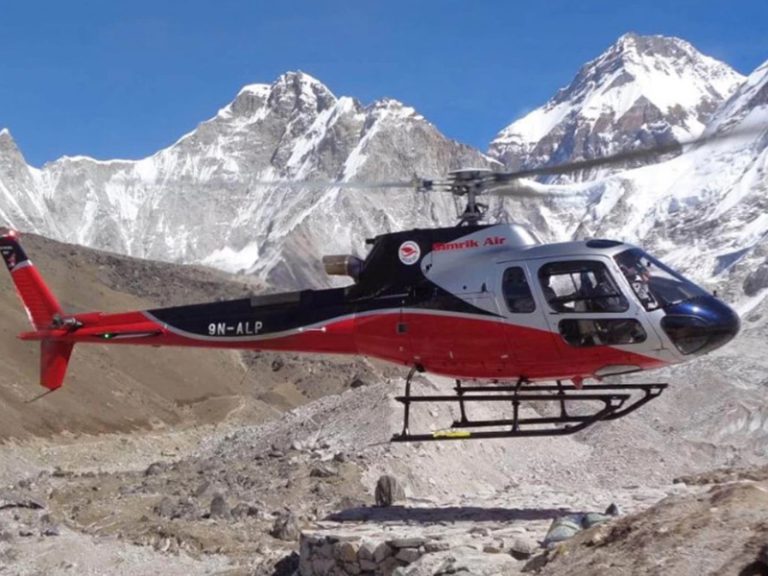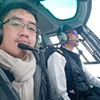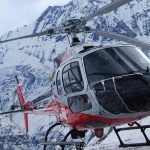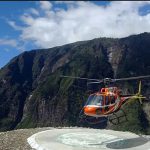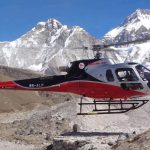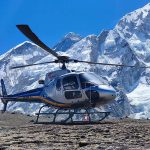Things to remember before traveling Nepal
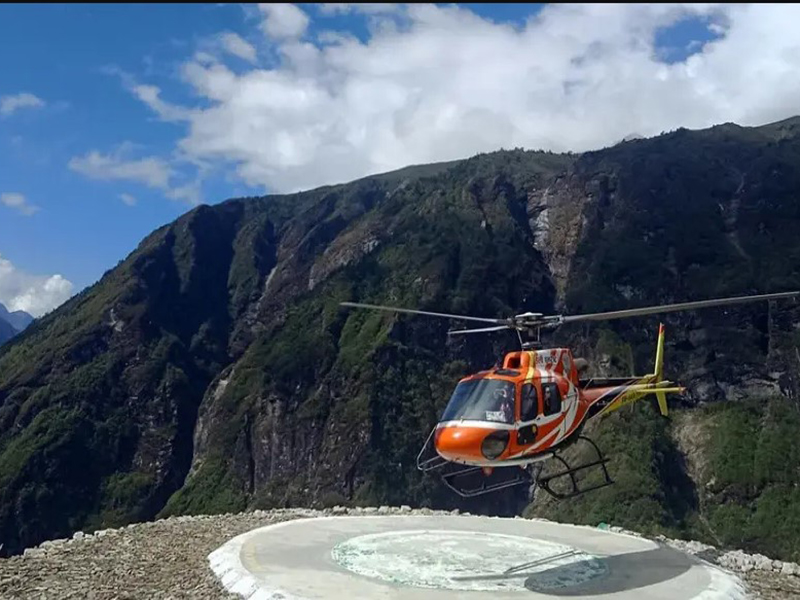
Planning a trip to Nepal? Whether you’re trekking in the Himalayas, exploring ancient temples in Kathmandu, or enjoying a spiritual escape in Lumbini—the birthplace of Buddha—Nepal offers an unforgettable blend of adventure, culture, and natural beauty. But before you pack your bags, there are a few important things to keep in mind to make your journey smoother, safer, and more enjoyable. Here’s a handy guide to help you prepare for your trip to the land of the Himalayas.
Get the Right Visa
Most travelers can obtain a visa on arrival at Tribhuvan International Airport in Kathmandu or at major land border crossings. You’ll need:
- A valid passport (with at least 6 months validity)
- A recent passport-sized photo (though this is sometimes taken on arrival)
- Visa fees (15, 30, or 90-day options)
Respect Local Culture and Traditions
Nepal is a deeply spiritual country with a mix of Hindu and Buddhist traditions. When visiting temples or monasteries:
- Dress modestly (cover shoulders and knees)
- Remove your shoes before entering
- Don’t touch sacred statues or offerings
Pack for Varying Weather Conditions
Nepal’s climate varies dramatically with region and altitude. In one trip, you might experience tropical heat and snowy mountain cold.
- Bring layers for trekking or mountain tours
- Include rain gear during monsoon season (June–August)
- Carry warm clothing if visiting the mountains, even in spring or autumn
Stay Healthy and Hydrated
- Avoid tap water—always drink bottled, filtered, or boiled water
- Carry rehydration salts or electrolyte packs, especially at altitude
- If trekking, consider altitude sickness precautions—climb slowly, rest often, and stay hydrated
- Bring basic medications, including for headaches, stomach issues, and allergies
Prepare for Limited Connectivity in Remote Areas
In major cities, Wi-Fi and mobile data are widely available. However, remote trekking regions may have limited or no internet access.
- Buy a local SIM card (e.g., Ncell or NTC) for better connectivity
- Let your loved ones know about possible communication gaps if you’re heading into the mountains
Carry Cash for Rural Travel
Nepal is largely a cash-based economy, especially in rural areas and trekking routes.
- ATMs are common in Kathmandu and Pokhara
- Withdraw or exchange money before heading to mountain regions
- Carry small denominations for tea houses, porters, tips, and donations
Book with Registered Tour and Trekking Agencies
If you’re planning treks like Everest Base Camp, Annapurna Circuit, or Mustang:
- Choose government-registered agencies for your safety and legal assurance
- Make sure your guides/porters are insured and well-equipped
- Verify that your trip includes the necessary permits and TIMS cards
Travel Insurance is Essential
Whether you’re trekking, touring by helicopter, or just exploring, travel insurance with high-altitude coverage is a must.
- Ensure your policy covers emergency helicopter evacuation, medical emergencies, and trip cancellations
- Print a copy and share details with your guide or tour operator
Embrace the Local Pace – “Nepali Time”
Things in Nepal often run slower than in the West—flights may be delayed, buses take longer, and schedules are flexible.
- Practice patience and flexibility
- Use the extra time to connect with locals, enjoy the views, and embrace the relaxed rhythm of Nepali life
Be a Responsible Traveler
- Don’t use single-use plastics—carry a reusable water bottle
- Respect local wildlife and don’t disturb nature
- Support local businesses, homestays, and artisans
- Learn a few phrases in Nepali—a simple “Namaste” goes a long way!
Traveling to Nepal is more than just a holiday—it’s a journey into a land of towering peaks, timeless culture, and warm hospitality. With a little preparation and a spirit of adventure, your trip will be safe, respectful, and truly unforgettable. So pack smart, stay curious, and get ready to fall in love with Nepal!
Latest Blog Posts
Latest travel tips and blog covering all travel experiences
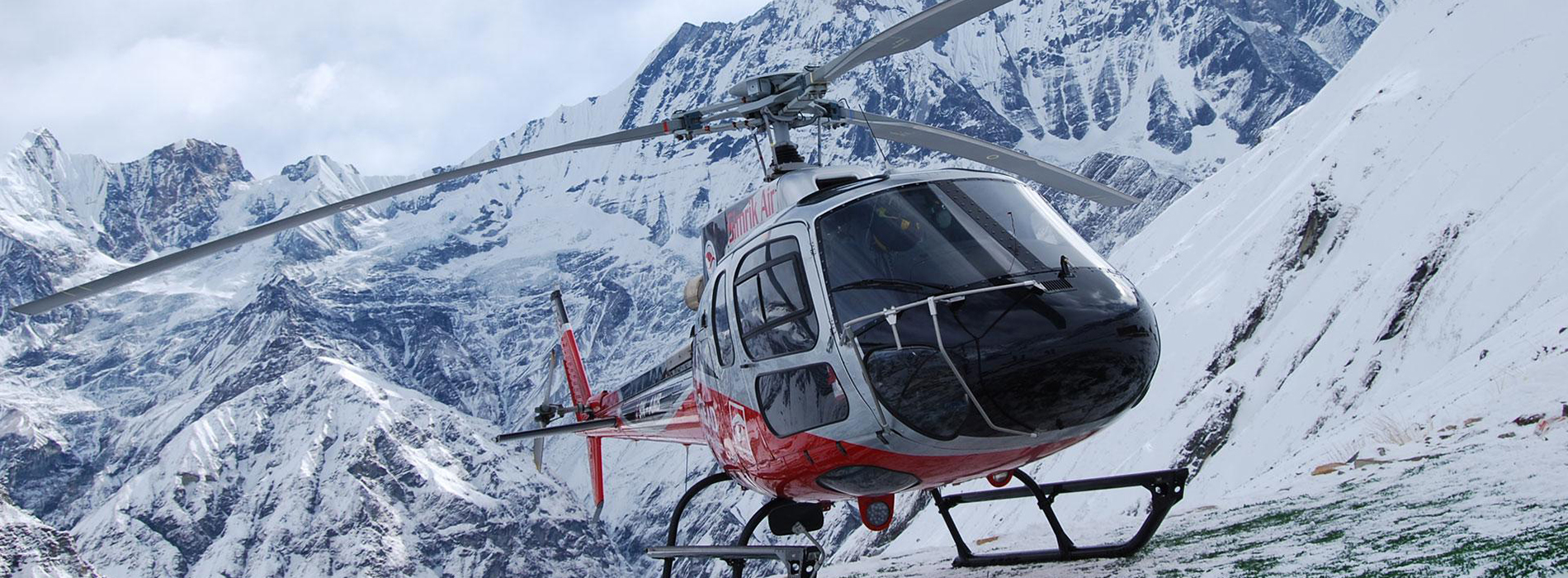
Lukla to Kathmandu Helicopter Flights
Lukla to Kathmandu Helicopter Flight – The Best Way to Return from the Himalayas For many trekkers, the journey to Everest Base Camp or the Khumbu region ends in Lukla, a bustling mountain town perched…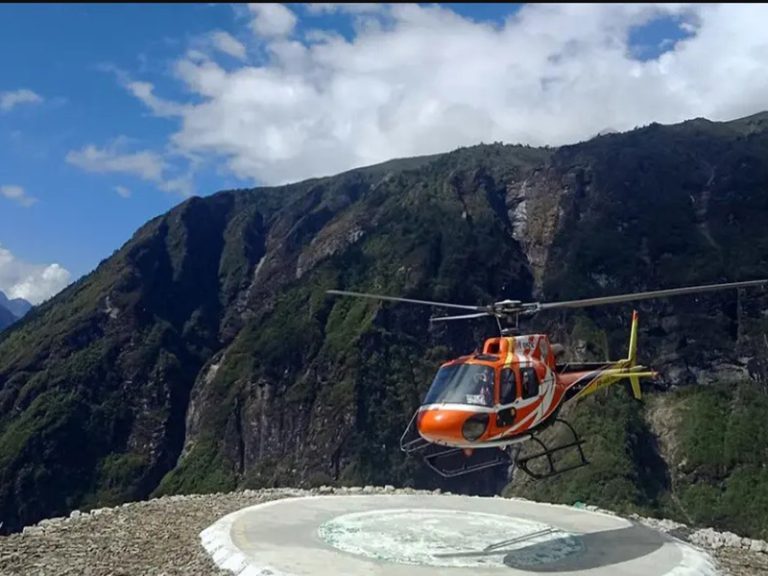
Things to remember before traveling Nepal
Planning a trip to Nepal? Whether you're trekking in the Himalayas, exploring ancient temples in Kathmandu, or enjoying a spiritual escape in Lumbini—the birthplace of Buddha—Nepal offers an unforgettable blend of adventure, culture, and natural…